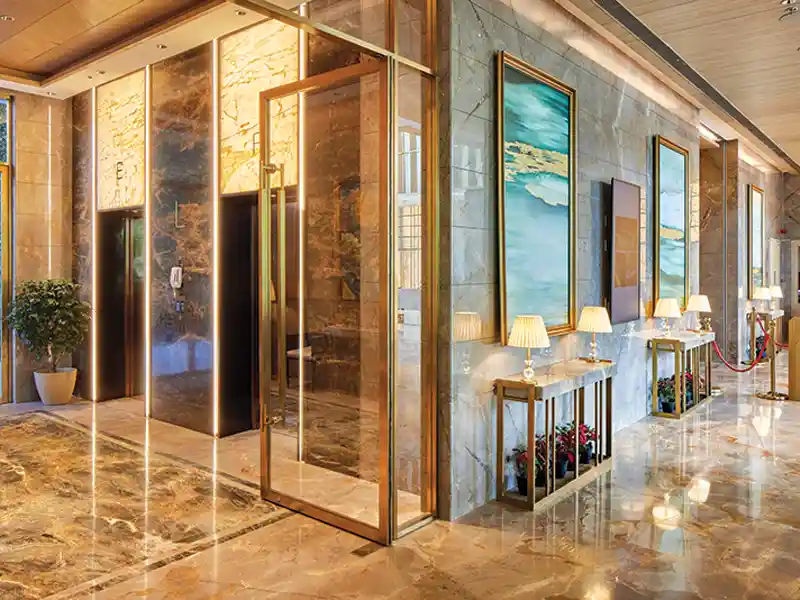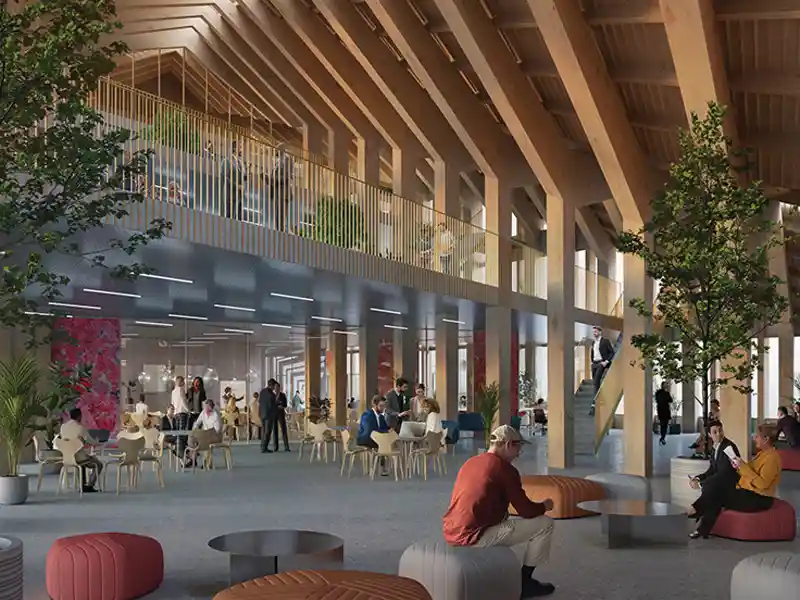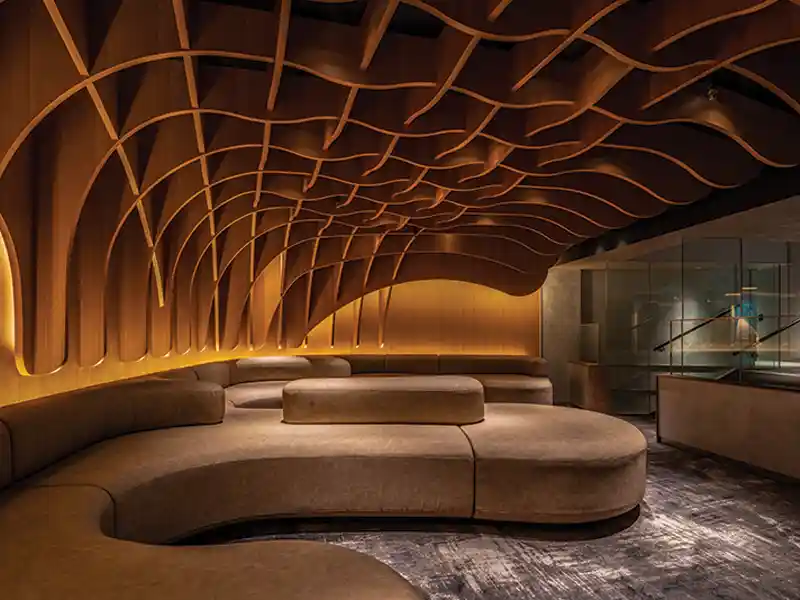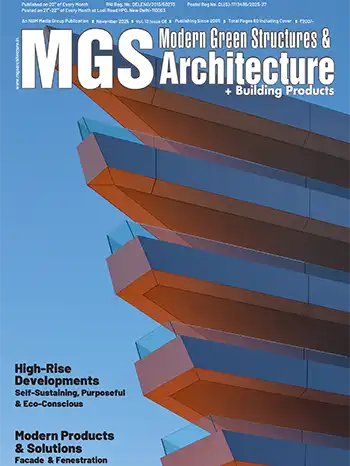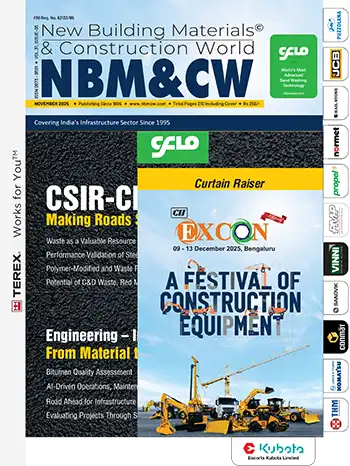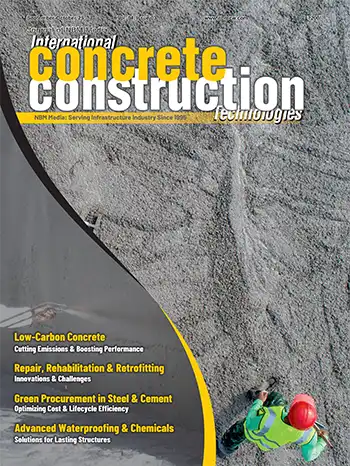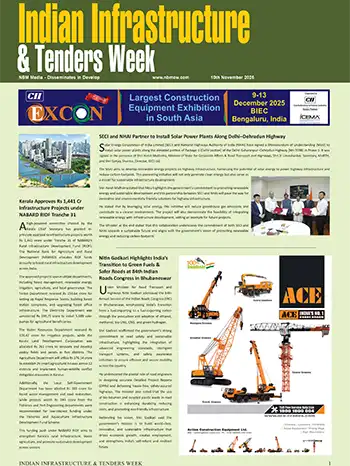
This project had the potential to position Indian Architecture’s newer discourse on context, culture, materiality, design innovation etc. – all the salient points you have enlisted to be a transformative project like what Chandigarh did for Indian architecture, post-Independence. But the new Parliament precinct invested little for these profound investigations and investments in good design.
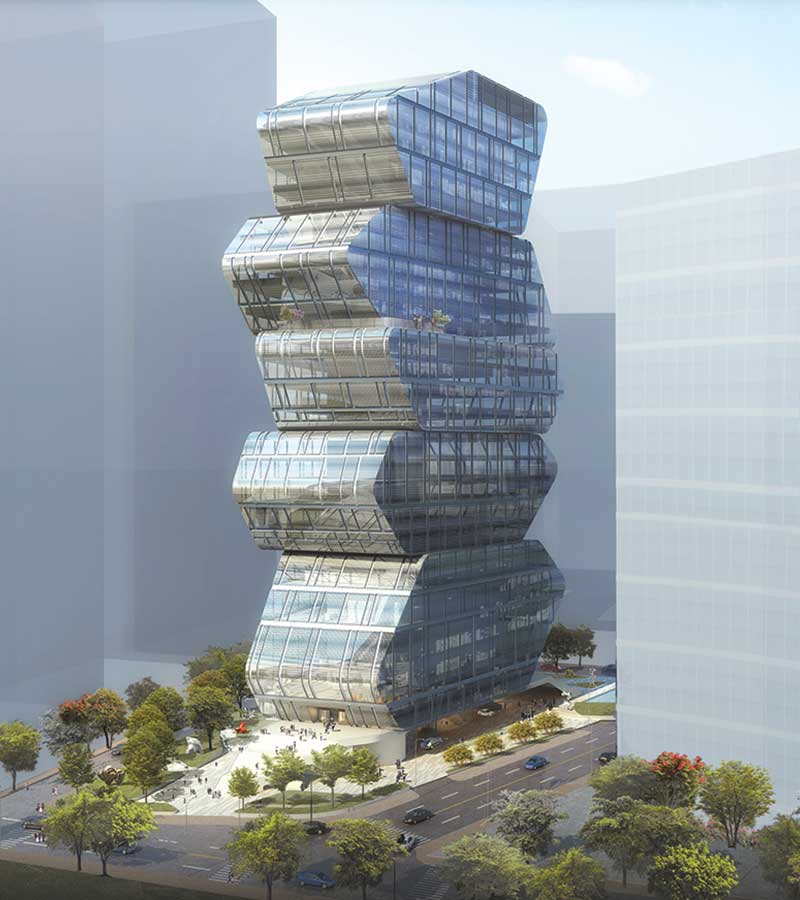
Technology can propel architecture to a new trajectory, but not necessarily result in better architecture. Technology helps us to build taller, faster, more efficiently. But these alone are not the recipe for a good architecture, as we all know it.
It is an established fact and call of the hour to have a deep commitment and acute awareness towards the need for building sustainably. At the studio, we practice this ‘our way’ not the IGBC way. Build Better, Build to Last… have a super long Design Life Cycle, even the most ‘Ungreen’ project will turn green if you invest in a longer design lifecycle, which is very difficult to achieve.
Are Indian architects getting more visibility outside the subcontinent? Definitely yes! Are the works they produce creating new benchmarks for global architectural direction and Indian Architecture in particular? It is a mixed bag, to say the least.
We are not saying that all is bleak… independent young studios are trying to break the barrier, and are finding some success in that frontier, and making their presence felt on the global architecture scene.

